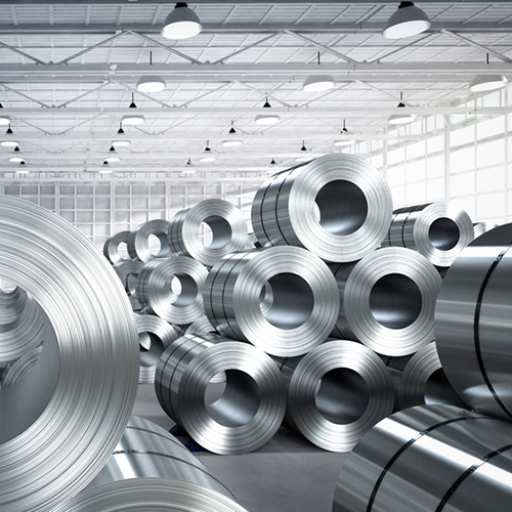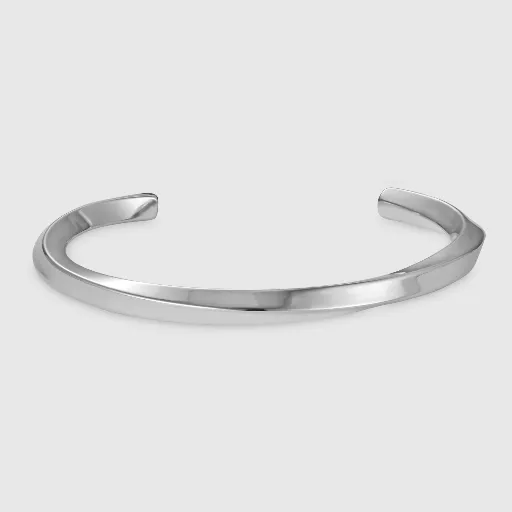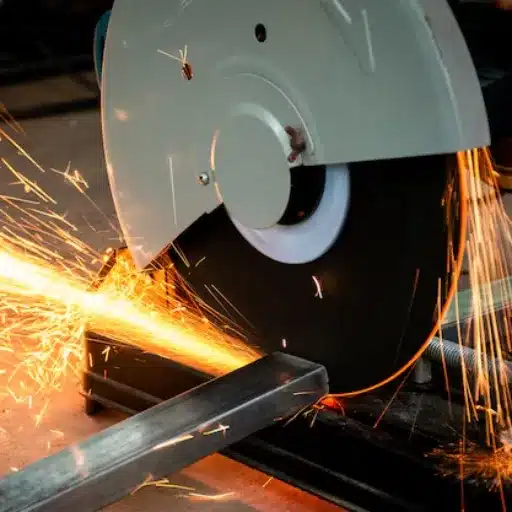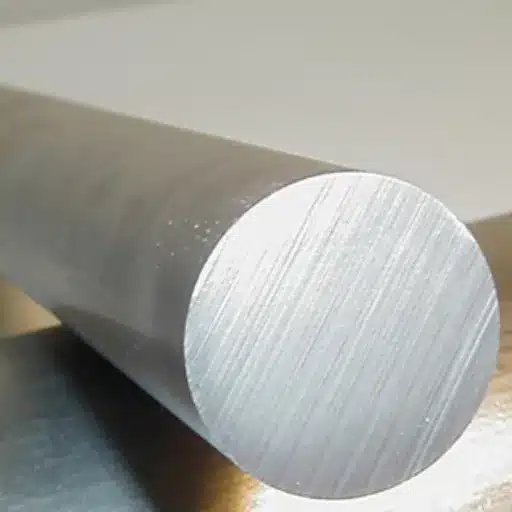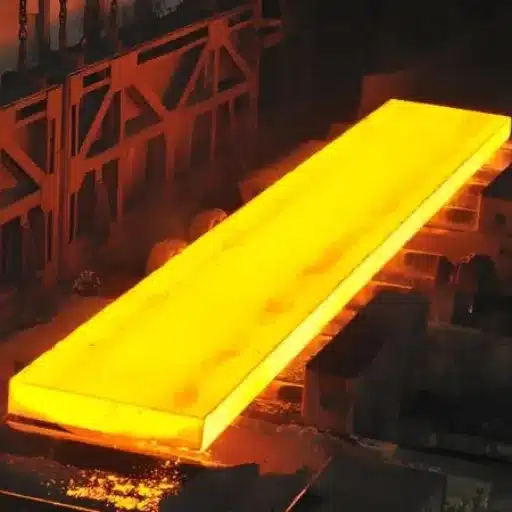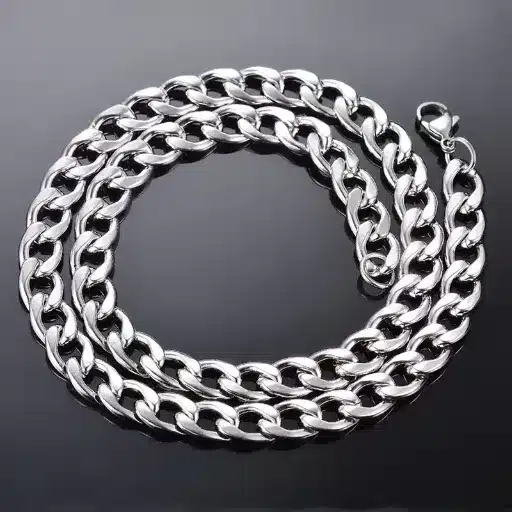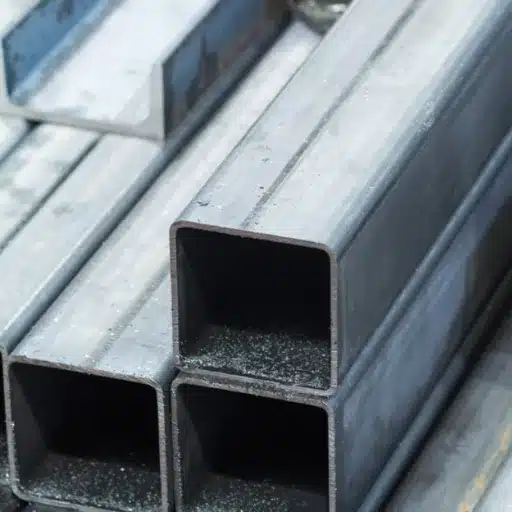In stainless steel, the choice of the grade very much affects durability, performance, and eventual cost of a project. The two most commonly used are 304 and 304L stainless steels. At first glance, these materials would seem to possess nearly identical properties, yet a slight difference exists that could push your choice toward one material or the other depending on end use. This article presents an in-depth comparison of 304 vs. 304L stainless steel, highlighting their unique features alongside their pros and cons.
The Significance of Stainless Steel in Various Industries
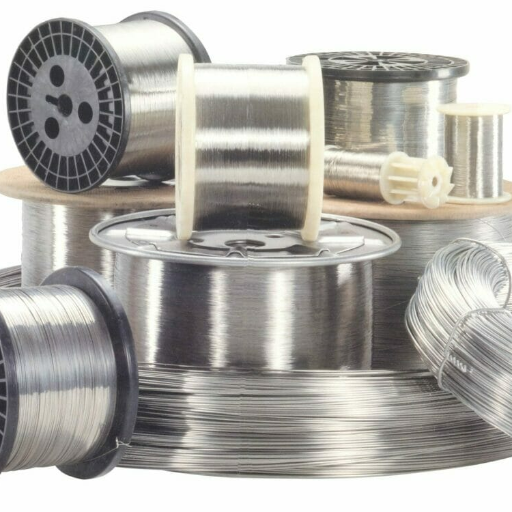
Fitted with uncountable durability, stainless steel proves to be a precious metal in diverse industries because of its application versatility. Materials such as Type 304 and 304L stainless steel can be specified for their use, ensuring utility and serviceability from construction into food processing.
Importance of 304 and 304L in Industry
Both being austenitic stainless steels with excellent corrosion resistance and high strength favor their application in many areas. The most usual applications include:
- Kitchenware – Food-safe and non-reactive materials
- Chemical process equipment – Resistant to various chemicals
- Automotive components – High strength and durability
- Heat exchangers – Can withstand temperatures up to 870°C (1,600°F)
- Furnace parts – Suitable for high-temperature scenarios
304 Stainless Steel
- 18% chromium, 8% nickel
- Good corrosion resistance
- Excellent weldability
- Higher carbon content may cause carbide precipitation
304L Stainless Steel
- Same chromium and nickel content as 304
- “L” means “low” carbon (max 0.03%)
- Reduced risk of carbide precipitation
- Excellent for extensive welding applications
Trends in Stainless Steel Usage
The stainless steel industry continues to evolve with several key trends driving growth:
- Green Energy Applications:
- Wind turbines development
- Solar energy plant construction
- Enhanced durability and weather resistance
- Electric Vehicle Industry:
- Battery technology components
- Structural components
- Lightweight designs for efficiency
- Sustainability Focus:
- 100% recyclable material
- Over 80% comes from recycled raw materials
- Reduced carbon footprint initiatives
- Specialized Applications:
- High-grade alloys for aerospace
- Medical industry applications
- Extreme environment resistance
Chemical Composition of 304 and 304L

304 and 304L stainless steel composition is nearly identical, with chromium and nickel constituting the major amounts. However, the main difference lies in their carbon content, where 304L contains significantly less carbon than 304.
Elemental Breakdown: Chromium and Nickel Content
| Element | 304 Content | 304L Content | Function |
|---|---|---|---|
| Chromium (Cr) | 18-20% | 18-20% | Forms passive oxide layer, prevents corrosion |
| Nickel (Ni) | 8-12% | 8-12% | Provides toughness, ductility, and corrosion resistance |
| Carbon (C) | Up to 0.08% | Up to 0.03% | Affects carbide precipitation and weldability |
Carbon Content Differences
This difference becomes crucial in several scenarios:
- Welding Applications: Low carbon in 304L minimizes carbide precipitation during welding
- High-Temperature Exposure: 304L maintains integrity better in elevated temperature environments
- Corrosive Conditions: 304L shows superior performance in corrosive environments post-welding
- Heat Treatment: 304L requires fewer stabilizers and post-weld operations
Mechanical Properties Comparison
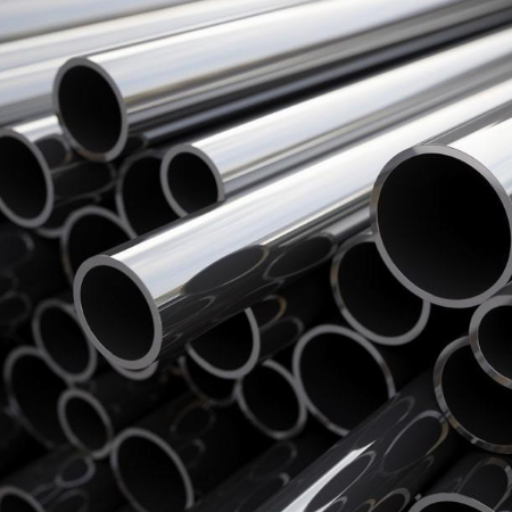
The unique composition of both grades accounts for their versatility and demand in industries requiring high levels of cleanliness and chemical resistance.
Tensile Strength and Yield Strength
| Property | 304 Stainless Steel | 304L Stainless Steel | Units |
|---|---|---|---|
| Tensile Strength | ~515 | ~485 | MPa (70,000 psi) |
| Yield Strength | ~205 | ~170 | MPa (25,000 psi) |
| Elongation at Break | 40-50% | 40-50% | Percentage |
Corrosion Resistance and Durability
304L is considered one of the best corrosion-resistant stainless steels due to several key factors:
- Passive Oxide Layer: 18-20% chromium creates protective surface oxidation barrier
- Reduced Sensitization: Lower carbon content prevents chromium carbide precipitation at grain boundaries
- Environmental Performance: Excellent in atmospheric corrosion and fresh water conditions
- Chemical Resistance: Maintains integrity in acidic and chloride-bearing environments
Temperature Range Performance:
- Cryogenic temperatures: Maintains properties at extremely low temperatures
- High temperatures: Performs well up to 870°C (1600°F) for intermittent service
- Thermal cycling: Excellent resistance to thermal shock and fatigue
Applications of 304 and 304L in Different Sectors
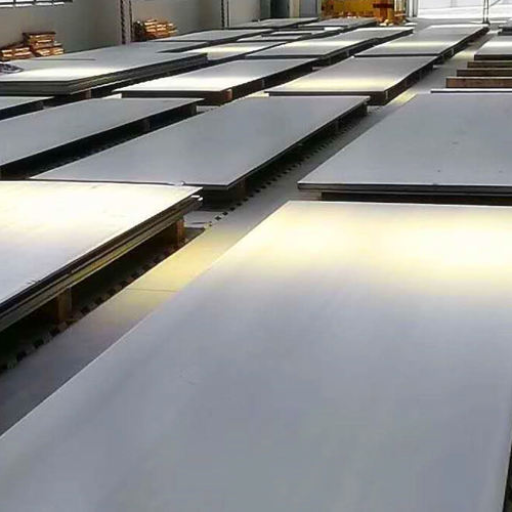
Since 304 and 304L types of stainless steel have demonstrated outstanding corrosion resistance and versatility, they find widespread use across various industries worldwide.
Construction and Architecture
The utilization of stainless steel grades 304 and 304L has become paramount in construction due to their exceptional properties:
Structural Applications:
- Load-bearing elements: Beams, columns, and reinforcements
- High-stress components: Excellent mechanical strength without deformation
- Corrosive environments: Superior performance in high humidity or polluted areas
- Infrastructure longevity: Extended service life reduces maintenance costs
Decorative and Aesthetic Purposes:
- Building facades: Sleek, modern appearance
- Railings and handrails: Both functional and visually appealing
- Sculptural elements: Complex architectural features
- Interior design: Contemporary finishes for commercial spaces
Exterior Cladding:
- Weather protection: Shields buildings from environmental damage
- Urban environments: Resists pollution and acid rain
- Coastal applications: Excellent salt spray resistance
- Low maintenance: Retains appearance with minimal upkeep
Manufacturing and Industrial Applications
Stainless steel plays an essential role across multiple manufacturing sectors:
Automotive Industry:
- Exhaust systems: High temperature and corrosion resistance
- Fuel tanks: Chemical compatibility and safety
- Structural applications: Strength and crash resistance
- Trim and decoration: Aesthetic appeal and durability
Chemical and Petrochemical:
- Storage tanks: Chemical compatibility and pressure resistance
- Process piping: Corrosion resistance in aggressive media
- Reaction vessels: High-pressure and high-temperature applications
- Heat exchangers: Thermal efficiency and longevity
Food and Beverage Industry:
- Processing equipment: Hygienic and non-reactive properties
- Storage containers: Food-safe and easy to clean
- Conveyor systems: Durability and sanitation compliance
- Commercial kitchens: Over 70% of foodservice equipment worldwide
Renewable Energy Applications:
- Wind turbines: Structural components and fasteners
- Solar panels: Mounting systems and frameworks
- Hydroelectric dams: Water handling and structural elements
- Geothermal systems: Corrosion resistance in harsh environments
Choosing Between 304 and 304L: Practical Guidelines
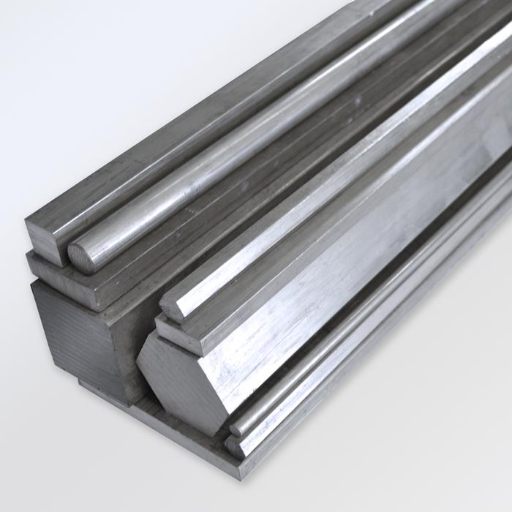
When deciding between 304 and 304L stainless steel, several key factors must be considered to ensure optimal performance, durability, and cost-effectiveness.
Project Requirements Considerations
Corrosion Resistance Requirements:
- Standard environments: Both grades perform equally well
- Welded applications: 304L superior due to reduced intergranular corrosion
- High-humidity conditions: 304L preferred in harsh chemical environments
- Long-term exposure: 304L maintains better integrity over time
Welding Requirements:
- Extensive welding: 304L significantly reduces carbide precipitation risk
- Post-weld corrosion: 304L maintains superior resistance at weld joints
- Heat-affected zones: 304L shows better long-term performance
- Structural welding: 304L recommended for critical applications
Operating Temperature Considerations:
| Temperature Range | 304 Performance | 304L Performance | Recommendation |
|---|---|---|---|
| Cryogenic (< -196°C) | Good | Excellent | 304L preferred |
| Room Temperature | Excellent | Excellent | Either suitable |
| High Temperature (> 400°C) | Good | Good | 304 slight advantage |
| Intermittent High (> 800°C) | Adequate | Adequate | Consider specialized grades |
Structural Strength Requirements:
- High tensile stress: 304 has slight advantage in yield strength
- Architectural applications: 304 suitable for heavy-duty structures
- Machinery components: 304 preferred for high-stress applications
- General fabrication: 304L adequate for most applications
Cost Implications of 304 vs. 304L
• 304 Stainless Steel: $2,000 – $2,500 per metric ton
• 304L Stainless Steel: $2,100 – $2,600 per metric ton
Cost Factors to Consider:
| Factor | 304 | 304L | Impact |
|---|---|---|---|
| Material Cost | Lower | Slightly Higher | Initial budget consideration |
| Processing Cost | Standard | Slightly Higher | Specialized low-carbon processing |
| Welding Cost | Higher | Lower | Reduced post-weld treatment |
| Maintenance Cost | Higher | Lower | Long-term operational savings |
| Total Cost of Ownership | Variable | Often Lower | Depends on application |
When the Extra Cost of 304L is Justified:
- Chemical processing plants: Enhanced corrosion resistance worth premium
- Marine applications: Superior saltwater resistance
- Food processing: Better hygiene and cleanability
- Pharmaceutical industry: Strict purity requirements
- Welded structures: Reduced maintenance and longer service life
Decision Matrix: 304 vs 304L Selection Guide
| Application Type | Recommended Grade | Primary Reason |
|---|---|---|
| General structural (no welding) | 304 | Cost-effective, adequate performance |
| Welded structures | 304L | Reduced carbide precipitation |
| Food processing equipment | 304L | Better corrosion resistance, hygiene |
| Chemical storage tanks | 304L | Superior chemical resistance |
| Architectural cladding | Either | Both provide excellent appearance |
| Marine applications | 304L | Better saltwater corrosion resistance |
| High-temperature applications | 304 | Slightly better high-temp properties |
Reference Sources
- SteelPro Group
- Title: Comparing 304 vs 304L Stainless Steel: Key Differences and Applications
- URL: https://steelprogroup.com/stainless-steel/grades/comparisons/304-vs-304l/
- Why Reliable: This source provides a comprehensive comparison of the chemical composition, mechanical properties, and applications of 304 and 304L stainless steel, making it a credible reference for understanding their differences.
- Reid Supply
- Title: 304 Vs 304L Stainless Steel – What Is The Difference
- URL: https://www.reidsupply.com/en-us/industry-news/304-vs-304L-stainless-steel
- Why Reliable: This article explains the differences in carbon content, corrosion resistance, and mechanical properties, offering practical insights into the use cases of both grades.
- Marlin Wire
- Title: What’s the Difference Between Grade 304 and 304L Stainless Steel?
- URL: https://www.marlinwire.com/blog/difference-between-grade-304-and-304l-stainless-steel
- Why Reliable: This source discusses the material properties, mechanical differences, and practical applications of 304 and 304L stainless steel, making it a valuable resource for technical validation.
Frequently Asked Questions (FAQs)
What is the main difference between 304 and 304L stainless steel?
Carbon content is the main difference between 304 and 304L stainless steel. 304 stainless steel contains a maximum of 0.08% carbon, while 304L being a low carbon steel contains only 0.03% carbon. The lower carbon content in 304L reduces carbide precipitation during welding and improves corrosion resistance in welded applications.
When should you choose 304L rather than 304 stainless steel?
304L stainless steel is selected when welding is important and resistance to intergranular corrosion in corrosive environments is critical. The low carbon content of the steel restricts the precipitation of carbides and is particularly recommended for components that are welded and later applied to heat treatment processes or corrosive environments.
How does 304 compare with 316 stainless steel?
316 stainless steel has molybdenum added compared to 304, which improves its corrosion resistance against pitting and crevice corrosion in chloride environments. Hence, 316 stainless steel is usually preferred in marine applications and chemical processing where superior corrosive-resistance is required.
What are the mechanical properties of stainless steel 304 and 304L?
Both 304 and 304L stainless steels have excellent mechanical properties, including good tensile and yield strength. However, 304L might have slightly lower yield strength compared to 304 due to its lower carbon content. Both grades are austenitic stainless steels and possess good formability and weldability.
Which stainless steel has greater corrosion resistance: 304 or 304L?
Both 304 and 304L stainless steels are known for their excellent corrosion resistance. However, the lower carbon content in 304L provides an advantage, especially in applications involving welding. In general, both grades perform well in preventing oxidation and in many corrosive environments, but 304L is superior in post-weld corrosion resistance.

